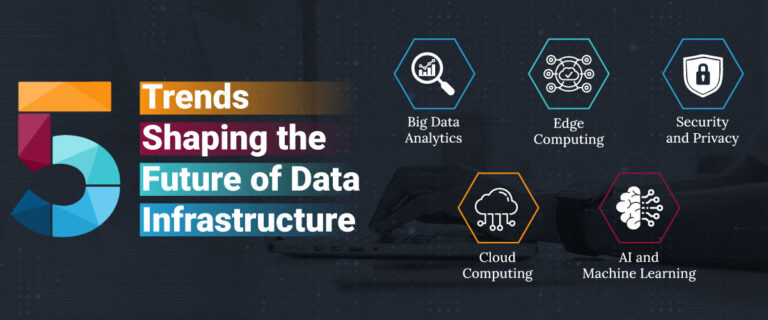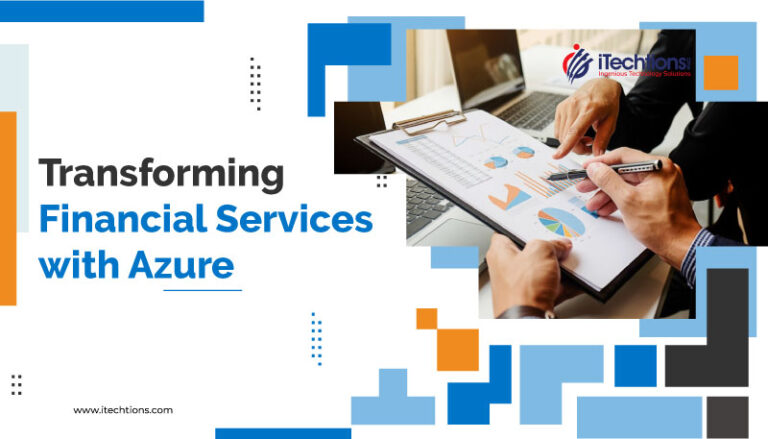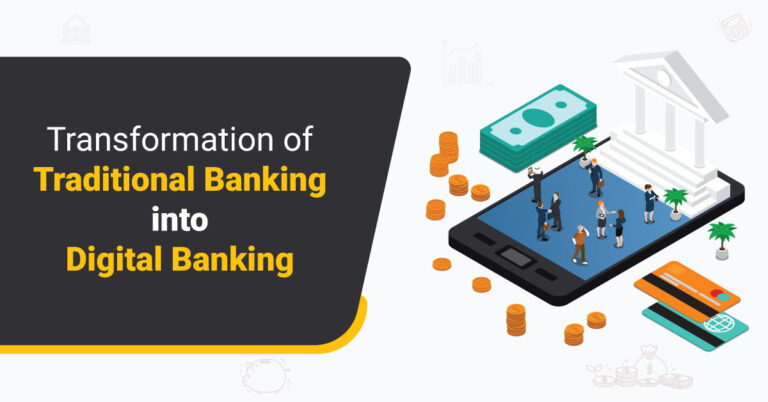Introduction
All industries are being significantly disrupted by digital technologies. Regardless of the industry, technology is constantly transforming company processes, but implementing these innovations is technically difficult for banking executives.
In light of this, the start of a new year is the ideal opportunity to gain a head start on the competition by researching the next trends in banking for 2023.

Retail Banking
In retail banking, 2023 is expected to be an exciting year.
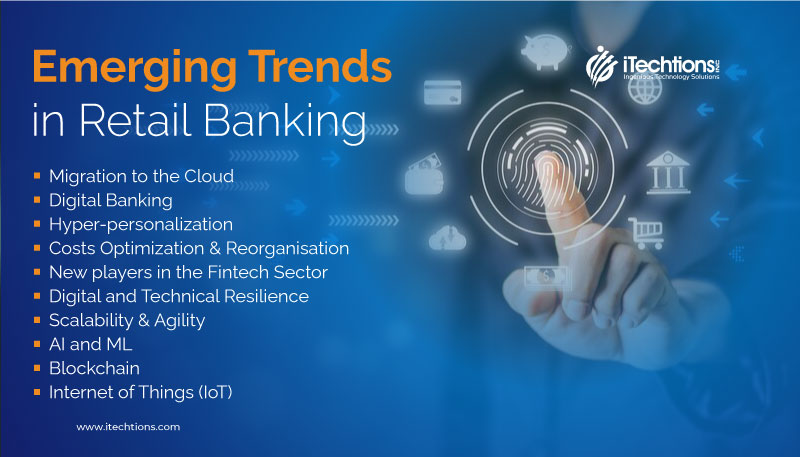
Major financial institutions may have relied on legacy platforms for more than 20 years, but they are simply unable to keep up with the digitalization of the world and the corresponding shift in customer expectations. Banks are evaluating the platforms that will support them over the next 20+ years as they look to the future.
The top 10 trends in retail banking for 2023 are listed below
-
- Migration to the Cloud
Hosting the retail core banking system (CBS) in the cloud provides access to improved tools and computing capacity and enables a bank to scale up in line with long immediately-term goals. In comparison to using a traditional mainframe, banks can now develop and test new products and services much more quickly thanks to the flexibility of the cloud and the use of Agile DevOps. By 2030, more than 75% of apps will be hosted on the cloud.
-
- Shift to Digital Banking
Customer migration to digital channels is happening much more quickly than in the past. Both online and mobile banking usage has increased by 23% and 30%, respectively. The shift to digital channels has sped up by 3–4 years compared to pre–crisis trends because of these unquestionably long-lasting changes. Banks’ role at the nexus of the customer and financial services is under pressure as clients go online. Physical banks still have a role to play, even though there may be fewer in-person interactions because each one is more significant. This gives rise to the idea of “phygital,” which is the use of technology to link the digital and physical worlds in order to provide the user with a special experience.
-
- Hyper-personalization
In 2023 and beyond, technologies like robotics and automation, open banking APIs, cloud computing, embedded solutions, and cybersecurity will set banks apart. The goal of every technology rollout must be to improve digital customer experiences quickly and broadly. About half of all banks are investing in digital identity and identity proofing, open banking, moving workloads to public cloud infrastructure, and providing more individualized services. Customers prefer to be handled as an individual section rather than as part of a large group, and new technologies like cognitive computing can provide a far more individualized banking experience.
-
- Costs Optimization & Reorganisation
Banks need to reconsider and realign costs, and they should do so right away. Retail banks must organize themselves along value streams, a succession of value-adding operations that culminate in the total outcome clients require, and they must go fully digital. Banks will find it difficult to profit from their current investments if expenses are not addressed.
-
- New Players in the Fintech Sector
New fintech businesses are competing with established banks in a variety of fields, including retail. Investors are funding these projects because they think the financial market is about to experience a big disruption comparable to the one Amazon brought about in the retail industry over the next few years, if not months. Fintechs are becoming more technologically advanced and knowledgeable about banking, and non-bank insurgents are gaining ground in distribution, posing a challenge to the commoditization of many banking goods.
-
- Digital and Technical Resilience
Organizations must address many key goals in this area, including minimizing cyberattacks and boosting security, building a strong technical infrastructure, using knowledge-based authentication, and using electronic identity verification.
-
- Scalability and Agility
Today’s customers demand more. Investments are made to increase customer satisfaction and facilitate agility, not only to lower expenses.
-
- Artificial Intelligence (AI) and Machine Learning (ML)
A bank may automate pricey procedures with artificial intelligence (AI) and machine learning (ML), freeing up IT resources to concentrate on the client experience. This technology provides CBS with cutting-edge functionality in a variety of areas, including automated credit approvals, automated deposits, and automated financial advisory services. According to research, 64% of banks anticipate that advanced analytics and AI will have a very high influence on the banking industry in 2023. The majority of contemporary CBS products provide advanced analytics functions.
-
- Blockchain
Within major financial institutions, there is a new movement involving blockchain technology, which has applications throughout CBS. The technology itself has a lot of potential, despite its connection to the cryptocurrency market, and market confidence is demonstrated by the significant investments made by some of the current first movers. Bank of America has already submitted 50 blockchain patent applications. According to data from the International Swaps and Derivatives Association, blockchain provides access to DLT and smart contracts, and by using DLT, it has the potential to save 80% on post-trade infrastructure.
-
- Internet of Things (IoT)
IoT, or the Internet of Things, is a buzzword to watch in 2023. Its solutions provide banks with fresh, large-volume data flows, opening doors for them to enhance customer satisfaction with their goods and services. Real-time access to account information, improved analytic capabilities, interaction with smart contracts, and much more can all be done with it. It can also be coupled with KYC strategies for more and faster data. Major banks have tested integration with smart home devices, and this new technology has a wide range of potential applications.
Lending
Today’s borrower demands pertinent communication through their preferred channels and is computer aware and digitally engaged. Over the past few years, borrower expectations have changed significantly, making traditional call centers seem dated. Additionally, regulatory and audit procedures have grown more complicated, and services are constrained by costly legacy platforms that prevent agile, flexible growth.
According to 81% of services, the mortgage process is being digitalized either aggressively or very aggressively, and lending executives who responded to a Forbes Insights survey say digitization is transforming key home mortgage processes.
The top 5 trends that will be crucial to that process are as follows
-
- Call Management
Leads agents to the optimal resolution, saves 25–30% on cycle time and resource productivity, improves customer satisfaction, and ensures consistency throughout interactions with customers.
-
- Workflow Management
It is now possible to increase resources and efficiency by 30-50% while also having the power to orchestrate the entire process and data in a single solution by managing downstream processes and interactions with third parties in a single instance.
-
- Decisioning
It is feasible to cut inbound calls by up to 35%, shorten sales timelines, and enhance customer relations by extending software directly to customers.
-
- New Portals
Scalable underwriting, investor eligibility, and affordability waterfall criteria are now features of available portals. This can shorten decision times by 20%, boost underwriting capacity by 25–30%, and enhance the consistency and calibre of underwriting.
-
- AI-Processing
Reducing the number of manual processes in a workflow tool by using automation, AI, and RPA speeds up the process and frees up resources.
Wealth Management
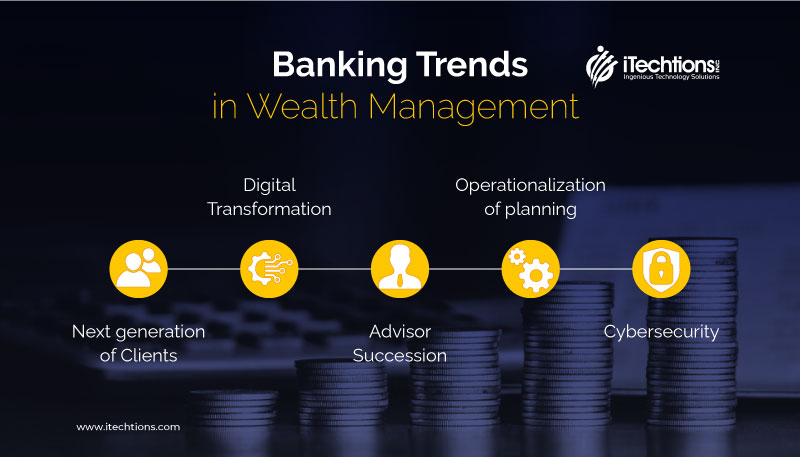
The wealth management industry is changing and shifting towards a more comprehensive and specialized strategy to meet the constantly shifting needs of the next generation of customers and advisers.
Wealth managers must find a means to draw in and keep clients while lowering the cost of providing them with services, especially in light of recessionary circumstances.
A considerable shift in wealth managers’ attention to the digital agenda has been observed, along with a rise in the proportion of clients whose expectations are being realized. In order to meet demands for more functionality and to bring all the pieces together into a seamless multi-channel client journey, many organizations will have to overcome obstacles associated with legacy technology and data. Information provision, however, will continue to be the core competency. Since this is the case, the next steps will require careful planning and execution, but the rewards, which include client growth, client retention, and increased efficiency, are great.
The top 5 developing trends in Wealth Management for 2023 are as follows
-
- Experiences for the next generation of clients
Companies are actively courting the Gen X and millennial clientele. Over the next 25 years, this group is poised to receive an inheritance from the so-called boomer and silent generations totaling over $70 trillion in investable assets. These new customers desire coordination, personalization, and visualization.
-
- Digital Transformation
Companies are actively working to modernize their outdated platforms by improving the digital client and field experiences according to the preferences of the newest generations. Providing customers with a digital experience is essential; 65% of wealth management organizations, up from 55% in early 2020, stated doing so is very or essential to their performance.
-
- Advisor Succession
The transition of clients away from aging advisers (average age of 55) will take place within the next 10–15 years. As businesses consider hiring the next generation of advisors, it will be crucial to design platforms and business models that can accommodate this change.
-
- Planning Operationalization
Offering comprehensive, relationship-based goals planning and financial health through the combination of accounts and other resources has been a target model for many businesses.
-
- Cybersecurity
Security of data and systems is a growing concern for businesses, especially in light of current global challenges of a more general nature. In fact, more than 58% of wealth and asset management companies rank cybersecurity as their top issue.
Final Thoughts
The banking sector is undergoing a considerable transition, and digital technologies are driving this change and innovation. A few of the digital banking developments changing the sector include mobile banking, chatbots, open banking, and artificial intelligence.
The above-mentioned technological trends lead us to the conclusion that technology is the future of banking and will continue to upend the sector.
Therefore, it is advised that the banking and financial sector pay attention to all of these trends and implement corrective action to improve process efficiency.



